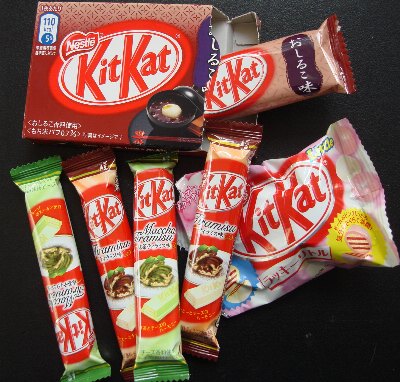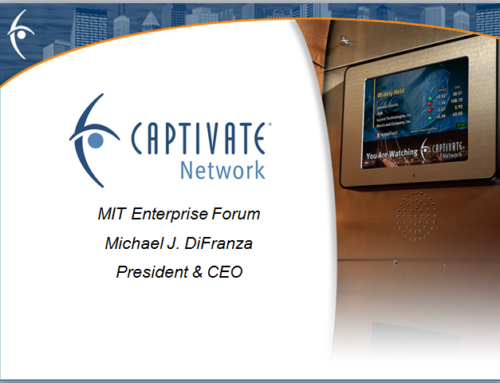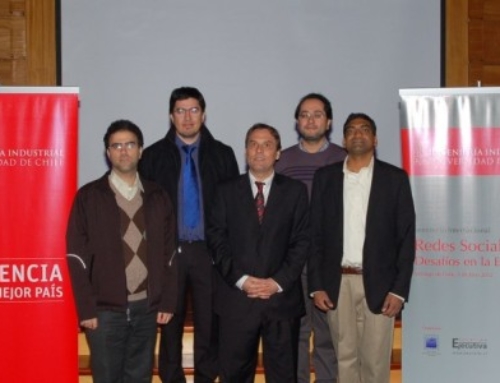The marketing communications theories have changed in the last decades, the traditional way of making advertising has less influence, the mass market have been impacted by technology, making it more shrunk and fragmented. This has made traditional advertising model more expensive and less effective. Internet has made 2 great things, individualization and customizations of marketing and the globalization of the markets, today everyone is connected with each other and with brands.
Now consumers want to participate, they have more influence; companies are requested to communicate with them instead of communicate to them (Kanter & Bird, 2009). The “market power” is changing, and has implications on the way we approach our communication, companies have to seek what is interesting for the customers (Pedroza, 2012).
One strong implication of this new digital hipper connected era is that companies have to maintain periodical and almost instantaneous communication with customers thru all the social media networks, not only publish interesting content, but listening, answering complaints and allowing horizontal interactions between stakeholders.
Web, Facebook or Twitter sites need to be updated and with almost online responses. This has forced companies to develop a whole new kind of executives, manager and employees; the most visible one is the Community Manager, which is responsible for the online communication with the customers.
Kit Kat´s bad communication strategy
One example of a bad communication strategy is how the International company Nestle managed a case in Social Medias in 2010, not realizing the influence of the “opinion former” Greenpeace, the “two-step model” that influence the lives of people and permit the multiplication of messages (Egan, 2007) and the rising power of customers (Pedroza, 2012).
It all began when Greenpeace published an article about Nestle and the use of Palm Oil from Indonesia to elaborate their products, deforesting and destroying the rainforests, the natural habitat of orangutans, a protected species.
Nestle answered denying the accusations and the ecologist replied launching a campaign in YouTube, Facebook and Twitter with commercials related with the brand Kit Kat, inviting the audience to use the word “killer” instead. The real problem began the next day, when the company convinced YouTube to withdraw the video saying that it was a bad use of the brand and published in their Facebook page telling the fans that any improper use will be cause of deleting the post.
The fans did not like to be censored by Nestle, that instead of attending the follower´s complains and questions told them that they were the only owners of the brand, and were the only ones to fix the rules of participation. This attitude generated a global attack to the Swiss company in all the social networking medias and in their Facebook site (in the pick, more than 1 post per minute).
Finally Nestle recognized the mistake and told the fans that the posts were not going to be eliminated, no matter what they said, but the damage was maid! What happened? Nestle did not realize the power of interactive communication, the importance of the “opinion formers” like Greenpeace and how the consumers are the ones that decide to be a fan of a company or brand.
References
Egan, J. (2007). Marketing Communications. London, UK: Thompson Learning High Holborn House
Fox, E. (2010, March). Nestlé hit by Facebook “anti-social” media surge. The Guardian. Retrieved on July 29, 2012 from http://www.guardian.co.uk/sustainable-business/nestle-facebook
Greenpeace Blog (2010, March). Climate Rescue weblog. Retrieved July 29, 2012 from http://weblog.greenpeace.org/climate/2010/03/your_kit_kat_campaigns.html
Kanter, R.M. & Bird M. (2009, March 9). Publicis Groupe 2009: Toward a digital transformation. Boston, MA: Harvard Business School Publishing.
Owyang, J. (2010, March). Crisis Planning: Prepare Your Company For Social Media Attack. Retrieved on July 29, 2012 from http://www.web-strategist.com/blog/2010/03/22/prepare-your-company-now-for-social-attacks/
Pedroza, J. (2012, May 9). How marketing communication works. Monterrey, MX: Universidad Tec Virtual ITESM








Leave A Comment